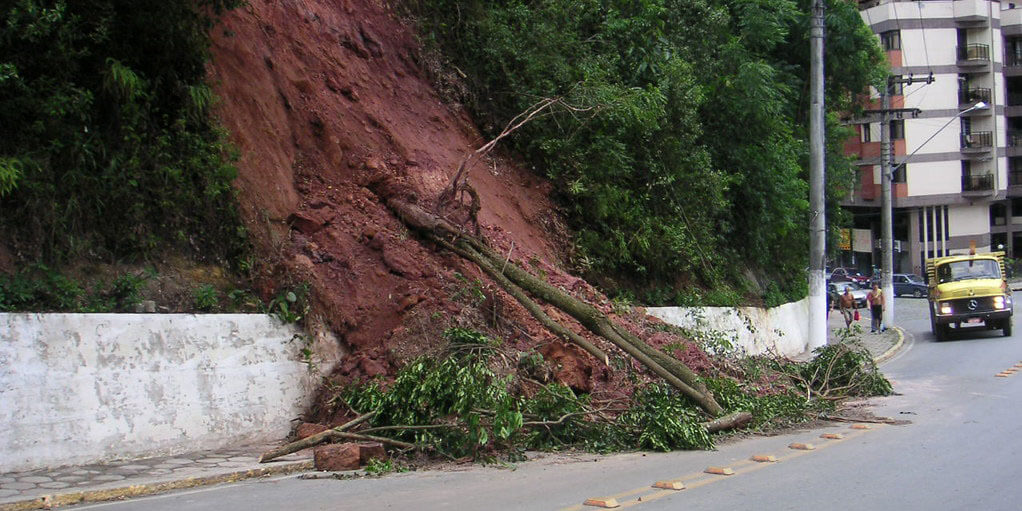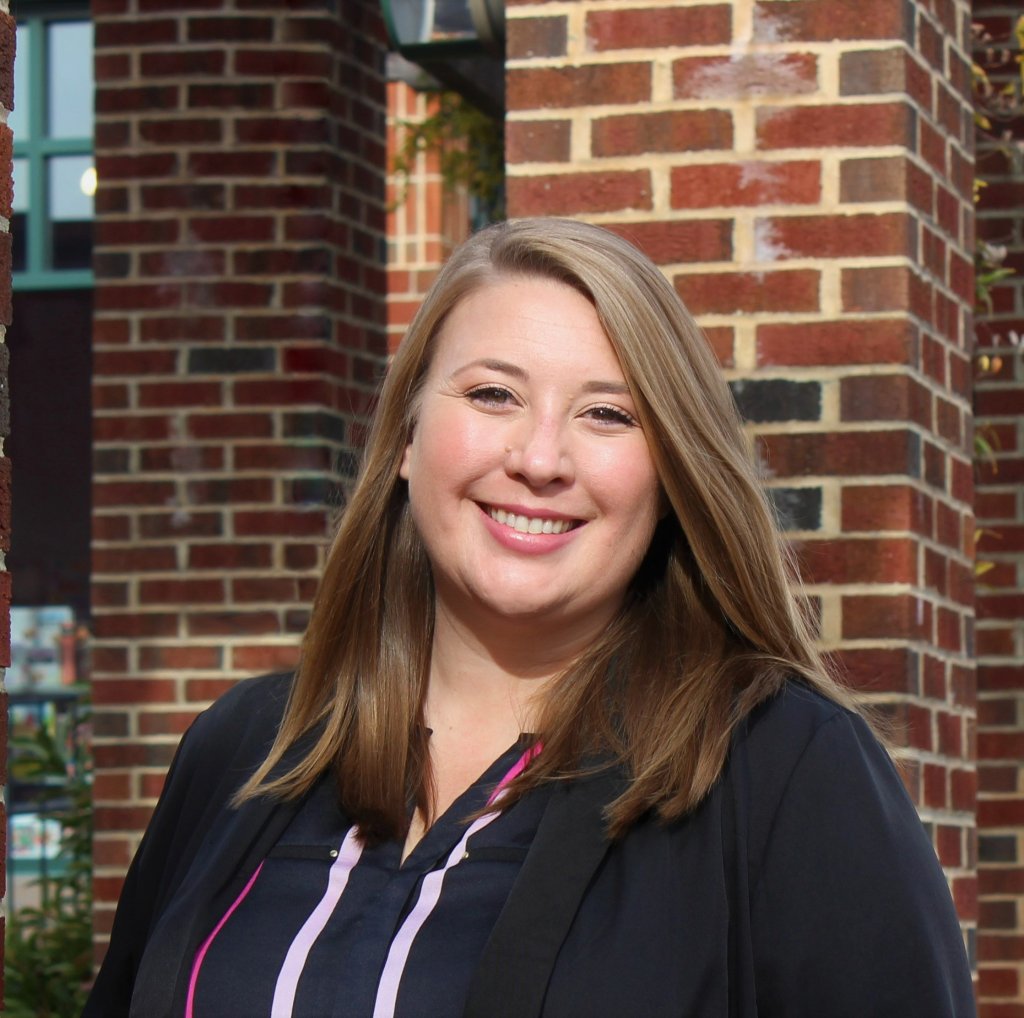
What kinds of financial and economic benefits would political entities be able to sustain if there were more investments in appropriate disaster risk reduction strategies? It is estimated that a €1.6 trillion global investment in resiliency could mitigate losses of €6.4 trillion (four times the original cost). Through environmental, social and governance (ESG) criteria, contributions to resiliency can alleviate some of the culminated burden of post-disaster financial loss.
Below we highlight five key objectives to environmental, social, and governance (ESG) investing.
ESG investing helps shift the mindset from a short-term perspective on disaster impact and helps prioritize a “Think Resilience” approach for all investments.
Mariana Bulbuc, Founder and CEO of Bizzmosis Group, has focused on good practices of risk-informed investments that highlight the benefits and lessons learned to minimize the formation of systemic risks. There is no better practice than embracing change toward the future while working on new avenues to create a sustainable impact. Countries, governments and private stakeholders can no longer rely on traditional habits or historic analytics.
There is an urgent need to integrate resilience into a company’s reporting process in a way that prioritizes transparency and true accountability. This could be enhanced by making resilience a credit rating service by credit agencies. For those that already undertake ESG reporting or analysis, resilience could and should be added on. Adding a required resilience component to these analyses would have an important and direct financial impact.
For example, it could positively impact companies seeking loans. It would also allow for independent assessments of resilience, both for individuals and for firms evaluating their investment portfolios and deciding if the company has a future. Moody’s, a financial services company based in New York, became the first credit agency to integrate resilience into their ratings for state and local bonds in November 2017. If this was undertaken by the other two main rating companies, it would impact not only companies but also all governmental levels.
Consistent funding in all communities at all income-levels will have a significant impact on vulnerable populations.
When speaking about sustainability, philanthropic donations for global projects have over the years been a great source of support. However, charitable donations are inconsistent. Influxes of such funds are severely affected by the world’s geo-politic and economic situation. Charitable donations also present many compliance challenges.
Impact investing is a new way to increase impact but also to make the capital of foundations or government projects more sustainable, while simultaneously bringing financial returns to investors with a deeper social impact. Impact investment previously existed as a collaboration between the private and public sector, while stakeholders from private funds of any size were included in government strategies and policy creation. These collaborations work together to deliver change; philanthropy and investing are no longer separate disciplines.
Utilization of current technologies to best support resilient systems.
Today, emerging technologies can save investment analysis a significant amount of time and offer reliable support for critical decisions. AI tools for risk analysis should be deployed as a standard system that will not only collect and analyze the data but also offer evaluation and estimation scenarios, discover risks, and offer unbiased reports, including contrary scenarios. This will improve accuracy, performance, and help balance short- and long-term investment strategies.
With the digitalization process, especially following the COVID-19 pandemic, data and knowledge accessibility has reached across the globe. Investment is increasingly becoming more accessible to individual investors. Governments need to take the leap and tap into the thirst of the new generation of investors. The public sector can support new investors with strong financial sustainability systems that are profitable and are flexible and adaptable to changing conditions. It is vital that private and public sectors build resilient systems based on transparent, proactive and efficient communication.
Build relationships between private and public sectors for a reliable source of investment in resilience.
Emily Gvino, environmental planner at Clarion Associates and part of the Re-Energize DR3 Belmont-Forum funded project team at the University of North Carolina, advocates for potential successful strategies possible from the public and third sectors. Housing and infrastructure, both vulnerable to disasters, could benefit from resilience-based support from local governments, community organizations, and other public and third sector stakeholders.
Targeted investment in resilient infrastructure and housing will also need to be integrated. Communities in North Carolina are greatly impacted by disasters such as hurricanes and frequent flooding. In the first quarter of 2022, three houses on the North Carolina coast fell into the ocean during storms. The homeowners say they didn’t know about this risk, a failure of the current structures of the finance, real estate and housing markets.
Many communities are also facing a housing affordability crisis in addition to continued threats of hazards and disasters. When a disaster hits, vulnerable populations are the most affected. Those who are low-income, living in public housing, renting, are older adults, and those with disabilities bear the greatest burdens. After a disaster, these are the people who cannot afford to rebuild or move elsewhere, who face enormous health impacts from disasters, and do not have the economic resiliency to recover.
Current funding mechanisms take too long to help these groups that need it the most. Relationships must be built between private, public, and third sectors to invest in resilience across populations. An integral component of addressing disaster losses across sectors is the insurance gap. Internationally, only 14.2% of some of the largest disasters and catastrophes were insured across all sectors, according to a November 2020 study on the landscape of climate and disaster risk insurance. The recommendation of the Sendai Framework and the UN Office for Disaster Risk Reduction is to create linkages between national investment priorities and national and local level plans for disaster risk reduction and climate change adaptation. These strategies include National Adaptation Plans and Nationally Determined Commitments, which influence diplomacy efforts on the international stage.
Identify and implement solutions around the gaps, barriers, opportunities and enabling factors to facilitate and scale-up investments in resilience
We already have indicators like the Economic and Environmental Vulnerability Index that look at a country’s level of development. However, we are missing a global vulnerability index built up from a set of regional vulnerability indices to empower and enable vulnerable stakeholders to be involved. There is also a need for a set of vulnerability indices for the most vulnerable groups, such as women, indigenous people, and youth/children. An example of the latter is UNICEF’s Children’s Climate Risk Index (CCRI).
The Re-Energize DR3 team, a Belmont Forum-funded project, is advocating for a multidimensional vulnerability index with a resilience component. This could help us support investment for those that are most vulnerable. We are advocating for a regional approach in order to best support engagement with vulnerable groups.
Feeding vulnerability and resilience into finance would make actionable change occur. It would push us to increase insurance coverage for homes at risk, to re-evaluate where we are building and developing, and to look at more sustainable alternatives. Any approach needs to put at its centre consideration of how this impacts the most vulnerable, and to build a model that covers their needs, which are clearly not met with the present models.
ESG investing will be crucial in the future as resiliency planning is built into the budget of governmental, public and private spending. The collaboration of public, private and governmental contributions at the forefront of disaster impact will have significant benefits that will help generate active, more accessible funding for vulnerable groups. This is increasingly important as leaders around the world are seeing the impacts that climate-related disasters have on their communities.
This blog post was adapted from the Stakeholder Forum panel entitled, “The importance of integrating resilience in environmental, social, and governance (ESG) investing – an ESG+R approach,” held leading up to the 7th Session of the Global Platform for Disaster Risk Reduction in Bali, Indonesia. You can read more about the session at this link.
Emily Gvino and Rene Marker-Katz are part of a Belmont Forum funded grant, Re-Energize Governance of Disaster Risk Reduction and Resilience for Sustainable Development, or Re-Energize DR3.

Emily Gvino, MCRP, MPH is an Associate with Clarion Associates, a land use consulting firm based in Chapel Hill, North Carolina. Emily works with public sector clients in the U.S. at the local and regional level, helping communities find innovative solutions and plan for a resilient and sustainable future. Emily’s work focuses on the intersections of climate justice, disaster resilience, health, and environmental planning. Emily also supports the Re-Energize DR3 team as a Strategic Consultant, collaborating on exploratory research, writing projects, and presentations.

Rene Marker-Katz is a graduate student at the University of North Carolina at Chapel Hill (UNC-CH) pursuing a Master’s degree in City and Regional Planning (MCRP) with a specialization in land use and environmental planning. Her graduate degree will be accompanied by a certification in Natural Hazards Resilience. She is currently working as a Research Associate with the UNC Water Institute Re-Energize DR3 team to strengthen the relationship between governance and private/public entities to better support vulnerable community groups through climate-related disasters. Rene’s specialized interests are in hazard adaptation, urban sustainability practices, and equity within public policy.

Mariana Bulbuc, Founder and CEO of Bizzmosis Group, is recognized as one of the most influential B2G networkers in the UAE. She has over 15 years of experience specialising in diplomatic and corporate world relationship development. Her relationships with the government officials had driven dozens of the most well-known special approvals and exceptional cases in the country. Holder of two European masters degrees – Finance and Government Public Budgeting & Taxation Policies – she has built extensive knowledge and expertise in the licensing and restructuring of businesses in the UAE and KSA over the last decade.
Image by Nate Cull via Flickr.